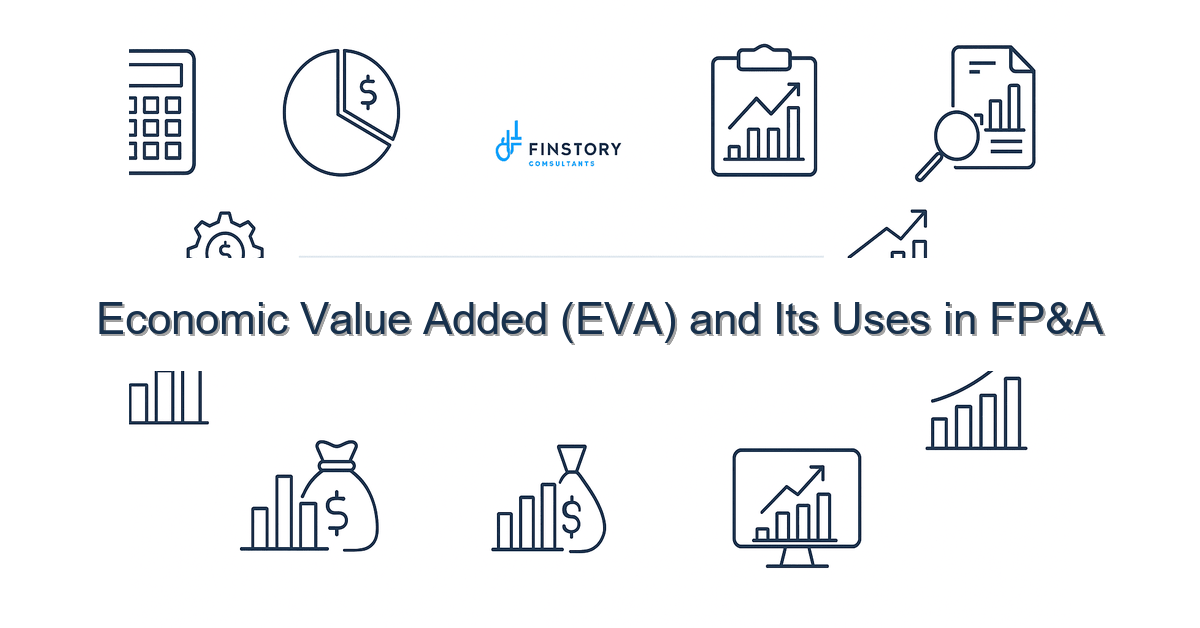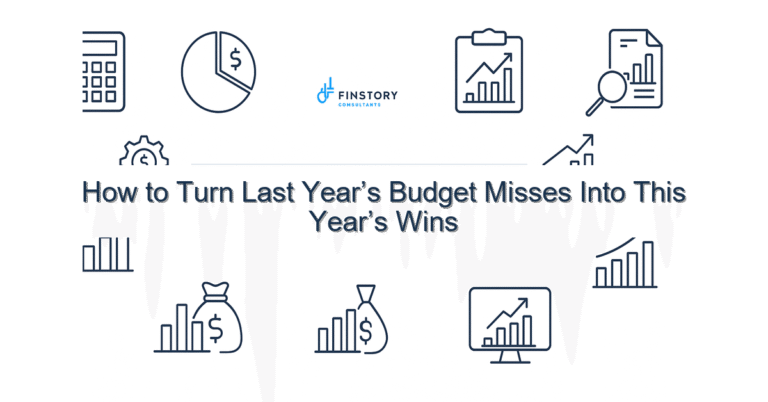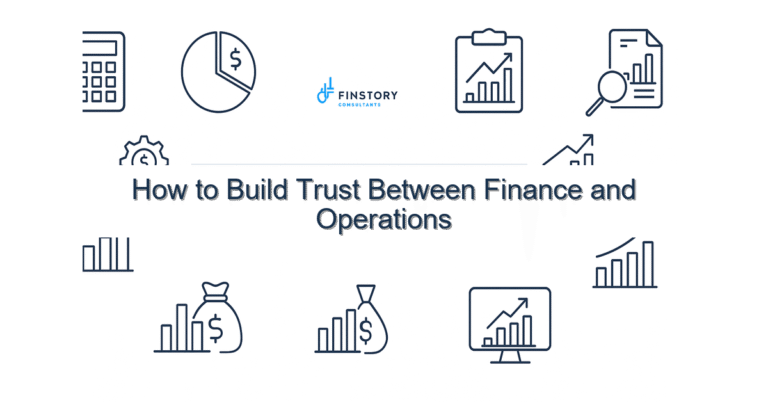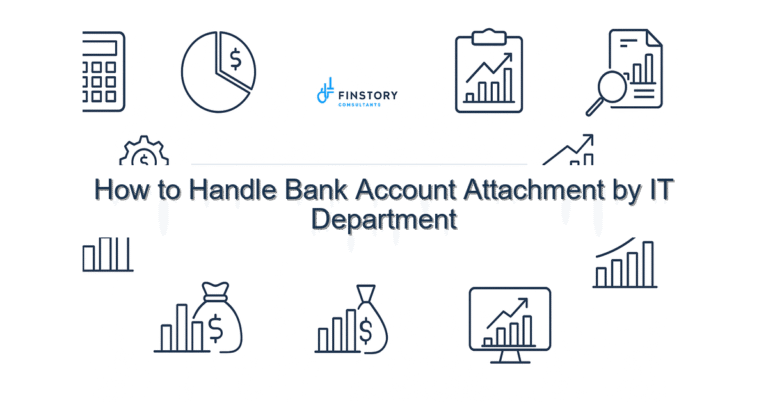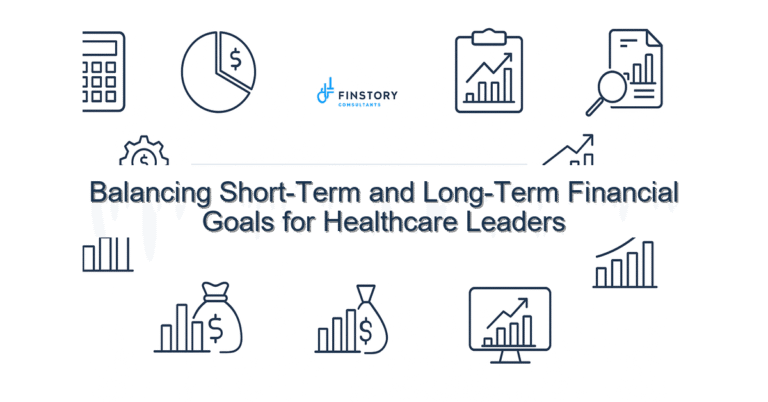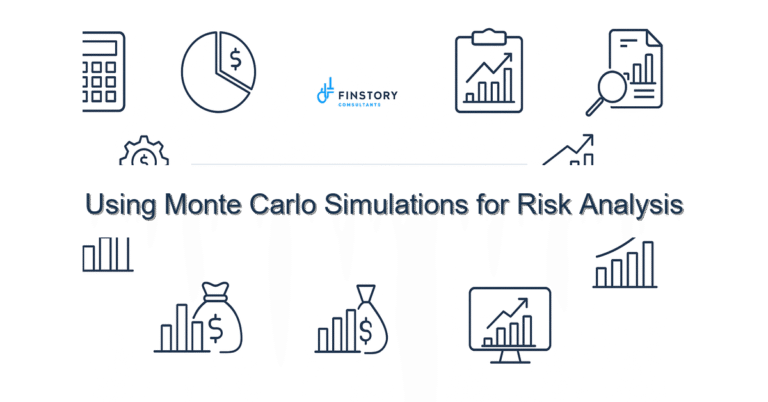Economic Value Added (EVA) and Its Uses in FP&A
You care about patient outcomes and the financial health of your organization—and you feel the tension between the two every budget cycle. You need a way to make investment and performance conversations objective, not political.
Summary: Economic Value Added (EVA) gives healthcare FP&A teams a single, economically grounded metric to prioritize investments, measure true profit after capital costs, and align operational leaders on value creation. Implemented carefully, EVA improves capital allocation, clarifies incentive plans, and reduces budget politics.
What’s the real problem?
Hospitals and health systems often make decisions driven by activity, not economic value. That leads to capital projects that look attractive on accounting P&Ls but destroy value once you account for the cost of capital.
- Budgets focused on department spend versus contribution to enterprise value.
- Capital projects approved by volume and convenience rather than return on invested capital.
- Incentives and scorecards that reward operating margin while ignoring capital efficiency.
- Long FP&A cycles with numbers that change every month, eroding trust.
What leaders get wrong
Many leaders treat EVA like a finance ornament—something to show the board—rather than a decision tool. They think it’s a reporting exercise rather than a change in conversation.
Common missteps:
- Using historic accounting measures without adjusting for true economic capital and investments.
- Applying a one-size-fits-all cost of capital across disparate service lines (surgical services vs. ambulatory clinics have different risk and capital profiles).
- Failing to embed EVA into planning, capital approval, and performance reviews—so it becomes an afterthought.
A better approach: applying Economic Value Added (EVA) in FP&A
Economic Value Added (EVA) is net operating profit after tax (NOPAT) minus a charge for the capital employed. It tells you whether a service, unit, or project covers its cost of capital and creates value for the organization.
Use this 4-step framework to operationalize EVA in healthcare finance and FP&A:
- Define economic profit consistently: adopt NOPAT and a transparent methodology for calculating invested capital (working capital, fixed assets, leases).
- Agree on a practical cost of capital: set WACC or risk-adjusted hurdle rates for major service lines and capital projects, with governance to update periodically.
- Embed EVA in decision gates: require EVA projections for capital approval, service line expansion, and major contracts.
- Operationalize reporting and incentives: add EVA to monthly leadership reports and link a portion of performance pay to EVA improvement, not just volume or margin.
Short story: One regional health system reworked its orthopedic capital approvals using EVA. They declined two MRI purchases that improved throughput but didn’t cover capital cost, and redirected funds to a joint-replacement program with higher EVA. Within 18 months, operating margins were steady and return on invested capital rose 6 percentage points.
Quick implementation checklist
- Compute NOPAT for the prior 12 months for the enterprise and top service lines.
- Inventory invested capital: net fixed assets, working capital adjustments, and leased assets.
- Set or validate WACC and service-line hurdle rates with treasury or external advisor.
- Create a one-page EVA template for capital proposals (NOPAT impact, invested capital required, EVA delta).
- Run EVA on the top 5 capital projects this FY and compare decisions to prior approvals.
- Update monthly leadership packs to include EVA trend and bridge to operating margin.
- Train clinical and operations leaders: 1-hour sessions showing how EVA changes decisions.
- Pilot EVA-linked KPIs on one department before wider rollout.
What success looks like
When EVA is working, you’ll see measurable shifts in financial and operational behavior:
- Improved capital allocation: % of capital approved that meets or exceeds hurdle — target +25% within a year.
- Higher return on invested capital (ROIC): ROIC increases 3–8 percentage points as low-return projects are curtailed.
- Faster decision cycles: capital approval time reduced by 20–40% because proposals are standardized.
- Greater forecasting accuracy: EVA-integrated forecasts reduce variance between plan and actual operating cash by 10–15%.
- Aligned incentives: portion of leader bonuses tied to EVA improvement, with measurable behavior change in 2 cycles.
Risks & how to manage them
Top risks when implementing Economic Value Added (EVA) and practical mitigations:
- Risk: Overcomplex modeling that confuses non-finance leaders. Mitigation: Use a simple, one-page EVA template for operational decisions and reserve complex models for strategic reviews.
- Risk: Incorrect cost of capital or inconsistent capital definitions. Mitigation: Establish a governance committee (finance, treasury, operations) to set and review WACC and capital definitions quarterly.
- Risk: Behavior focused on short-term EVA at the expense of long-term innovation. Mitigation: Track a separate strategic EVA or multi-year EVA projection for R&D and clinical innovation projects and allow temporary negative EVA with defined review points.
Tools & data
Practical tools make EVA repeatable and part of your rhythm. Finance automation reduces manual reconciliation; visualization tools make EVA intelligible to leaders.
- Finance automation platforms to pull trial balances and asset ledgers into a single view—reduces errors and frees FP&A for analysis.
- Power BI or similar dashboards for leadership reporting—show EVA trends, bridges to margin, and capital maps in one place.
- ERP and fixed-asset integration to keep invested capital current; link to rolling forecasts for scenario analysis.
- Training material and monthly scorecards so clinical leaders see EVA in their regular meetings—turns it from “finance speak” into operational language.
For examples of modern FP&A tooling and dashboard design, see our posts on rolling forecasts in healthcare and our FP&A modernization services.
FAQs
Q: Is EVA the same as operating margin?
A: No. Operating margin ignores the cost of capital. EVA subtracts a capital charge from NOPAT—so a business can have a positive margin but negative EVA if it doesn’t earn its cost of capital.
Q: How do we set the right cost of capital for different service lines?
A: Start with an enterprise WACC, then adjust for service-line risk (volume variability, payer mix). You don’t need perfect precision—consistent, governance-backed assumptions are better than ad-hoc rates.
Q: Will EVA discourage necessary investments like community programs?
A: Not if you design governance for strategic investments. Use multi-year EVA projections and allow approved strategic exceptions with clear review milestones.
Q: How quickly can we see benefits?
A: Early wins—better capital discipline and clearer decision-making—often appear within 3–6 months of a focused pilot. Meaningful ROIC improvements are typically visible in 12–24 months.
Next steps
If you’re ready to pilot Economic Value Added (EVA) in FP&A, start with a single service line or a small capital portfolio. Run NOPAT, map invested capital, and test decisions side-by-side with your current approval process.
Want help building the model, dashboards, and governance? Contact Finstory to design and implement EVA in FP&A—so your teams make capital and operational decisions that truly create value. For details on implementation and dashboarding, see our finance automation services and continuous improvement in finance resources.
Work with Finstory. If you want this done right—tailored to your operations—we’ll map the process, stand up the dashboards, and train your team. Let’s talk about your goals.
📞 Ready to take the next step?
Book a 20-min call with our experts and see how we can help your team move faster.
Prefer email or phone? Write to info@finstory.net
or call +91 44-45811170.
